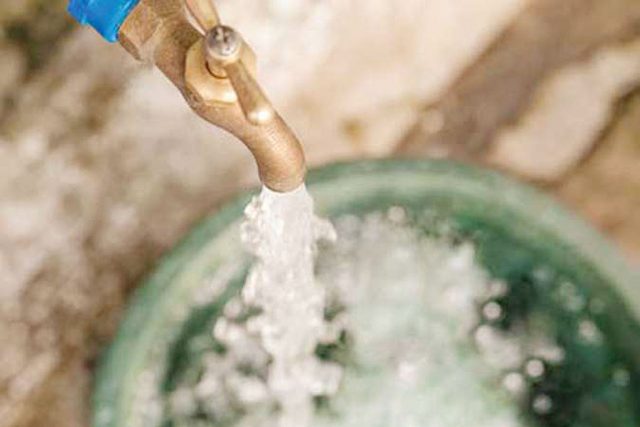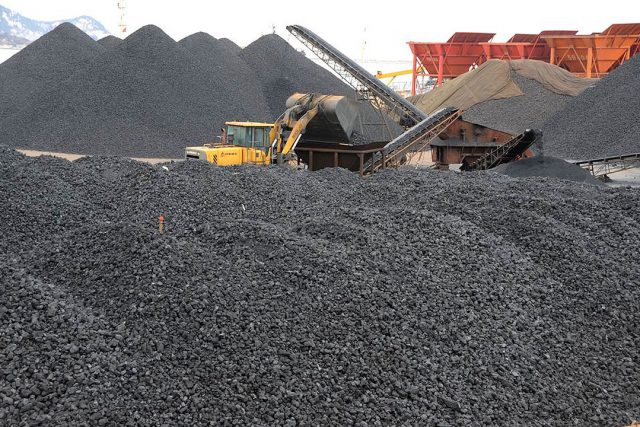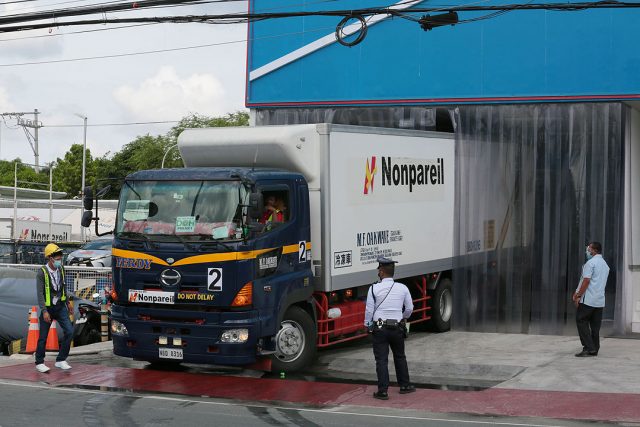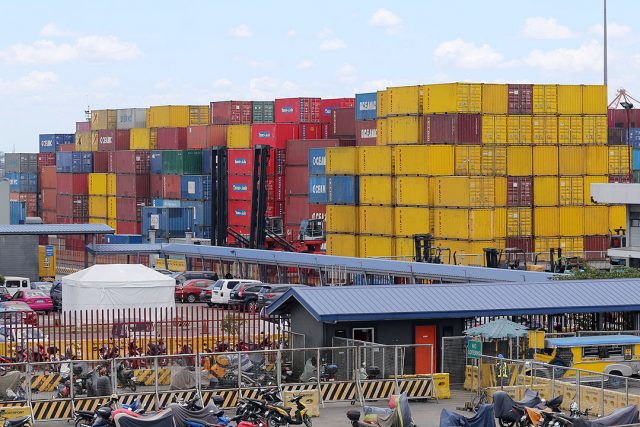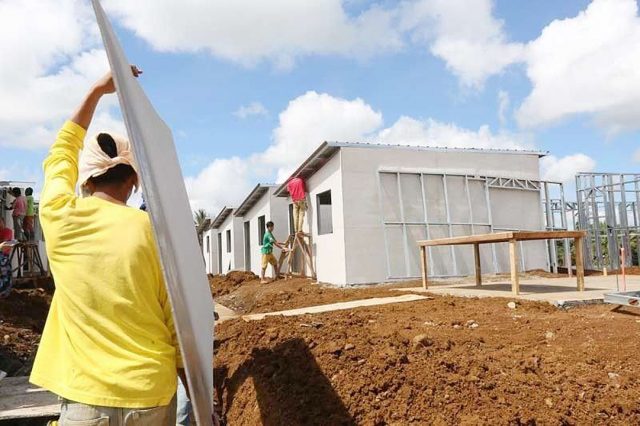As most readers may know, the start of a tax audit by the Bureau of Internal Revenue (BIR) is marked by the issuance of a Letter of Authority (LoA) which authorizes specific BIR officers/examiners (i.e., Revenue Officers and Group Supervisor) to examine the taxpayer’s books and accounting records.
After the BIR officers conduct their audit within a specified period of time, they will communicate their preliminary findings through a Notice of Discrepancy (NoD), and invite the taxpayer for a discussion within 30 days from receipt thereof.
If the tax findings remain unresolved, the BIR will then issue a Preliminary Assessment Notice (PAN). Upon receipt of the PAN, the taxpayer may reply in writing within 15 days.
Thereafter, the BIR will issue a Formal Letter of Demand (FLD) and Final Assessment Notice (FAN). The taxpayer must file a protest letter within 30 days from receipt of the FAN; otherwise, the assessment shall become final and executory.
One may wonder, how does a taxpayer get selected for BIR audit?
As it undergoes digital transformation, the BIR electronically selects taxpayers that will be issued an LoA based on transactions identified as risk areas.
To notify the BIR officers and guide the taxpayers who received LoAs on the updated policies and audit process, and with the goal of improving the operational efficiency of audit activities, the BIR issued Revenue Memorandum Order (RMO) No. 6-2023. This RMO also clarifies that all taxpayers are possible candidates for audit.
Aside from selection based on the BIR system criteria, there are other instances where the BIR issues an LoA. For instance, taxpayers applying for tax clearance are subjected to audit to ensure that no unpaid taxes remain upon closure.
It is clear that only one LoA may be issued to a taxpayer for each taxable year, except when a specific tax type had been previously examined. So, if the BIR has issued a value-added tax (VAT) LoA for a taxable/period, this tax type should be excluded in the new LoA for all internal revenue taxes (i.e., LoA for all taxes except VAT) covering the same taxable period. There are also instances where a taxpayer who has an ongoing tax audit with the BIR, still receives a Discrepancy Notice (DN). The RMO confirms that this DN should be consolidated with the existing LoA.
What happens after the taxpayer has fully complied with the Checklist of Documentary Requirements attached to the LoA?
Once the BIR officers find the documents submitted by the taxpayer substantial, they will communicate their preliminary findings to the taxpayers through the issuance of the NoD.
This stage can be a crucial part of the audit as this can sometimes be the best time to resolve cases. It presents an opportunity for the taxpayer to discuss the explanations with the examiners to facilitate resolution at the earliest possible time.
RMO No. 6-2023 requires the revenue officers to submit their report of investigation for cases covered by an LoA (other than replacement LoA) within 180 days for Regional cases, 240 days for Large Taxpayers (LT) cases, and 90 days for the Large Taxpayers VAT Audit Unit (LTVAU), VAT Audit Section (VATAS) and Office Audit Section (OAS), from the date of the LoA.
While the RMO specified the deadline of the examiner’s report of investigation, there appears to be different interpretations as to which report the BIR officer should complete within the deadline — is it the NoD or the PAN?
From my discussions with various BIR examiners in cases I’ve handled last year, there does not appear to be a clear consensus. When the RMO took effect on Jan. 1, 2023, most of the BIR examiners interpreted the deadlines as applying to the completion of their audit of the taxpayer’s books and submission of their preliminary findings for the issuance of the NoD. However, there are also some BIR officers who interpret the deadlines as applying to the submission of the case dockets to the reviewing offices for the issuance of the PAN.
The disparity in interpretation has led to challenges and missed opportunities for both taxpayers and BIR officers.
For one, there were missed opportunities to resolve issues and close cases at the early stage of the audit. Taxpayers, thus, incur additional interest due to the prolonged process. On the other hand, the BIR also loses out on earlier collections at the NoD stage.
In my view, the prescribed deadlines should apply to the submission of the BIR examiner’s report on the results of the investigation based on the documents submitted by the taxpayers during the LoA stage. This is to allow taxpayers reasonable time to retrieve and collate voluminous documents from two to three years ago, as most companies may not have enough personnel to focus on the retrieval of the necessary documents.
If we interpreted the prescribed deadline as submission of the report for issuance of the PAN, it would be unfortunate for the examiners as they may not have enough time to conduct a proper audit. As for the taxpayers, their explanations may not be given due consideration because of the tight timeline in issuing the PAN.
In recent years, I’ve noticed that some taxpayers receive up to two LoAs per year. Unfortunately, tax audits normally take a significant time to complete, which results in overlapping tax cases. Understandably, it becomes tedious for most taxpayers to deal with these cases at the same time. We should keep in mind that, in addition to boosting internal revenue collections, the goal of a tax audit is to improve the taxpayers’ compliance with tax laws and regulations.
In 2024, I hope the BIR can release more clarificatory rulings or circulars to address some contentious tax issues, including the audit report deadline mentioned in RMO No. 6-2023, so that taxpayers will be properly guided. That way, issues arising from multiple interpretations of rules can be avoided and perhaps allow the BIR to achieve the same collection target through voluntary tax compliance.
Clearer guidelines and a well-defined timeline for the BIR’s audit process are essential for taxpayers to plan effectively and facilitate the resolution of cases at the BIR level. A more transparent and consistent approach would benefit both the taxpayers and the BIR in achieving their respective goals — that is, for taxpayers to pay their dues and for BIR to meet their collection targets for the country’s economic well-being.
The views or opinions expressed in this article are solely those of the author and do not necessarily represent those of Isla Lipana & Co. The content is for general information purposes only, and should not be used as a substitute for specific advice.
Angelika Valmonte is an assistant manager at the Tax Services department of Isla Lipana & Co., the Philippine member firm of PricewaterhouseCoopers global network.
valmonte.angelika@pwc.com

